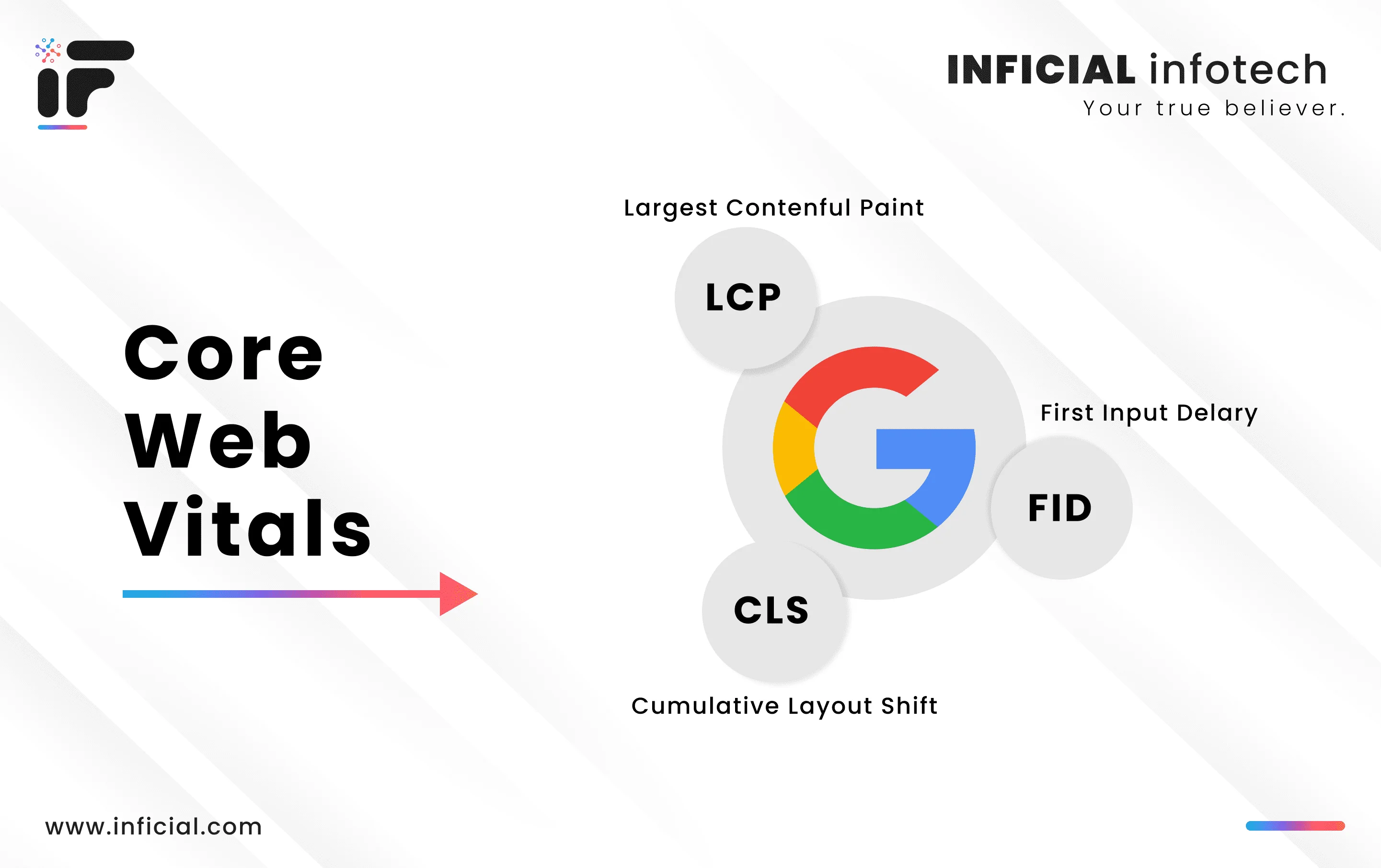Understanding Web Vitals: Why They’re Important for Your Website?
In today’s digital age, website performance, and user experience are crucial for businesses to succeed online. Core Web Vitals are a set of metrics that measure how well a website performs from a user experience perspective. In this blog post, we will explore what Core Web Vitals are, why they are important, how to measure and monitor them, and the tools available for debugging them.
What are Core Web Vitals?
Core Web Vitals is a set of metrics that measure a website's performance from a user experience perspective. The three Core Web Vitals are:
- Largest Contentful Paint (LCP):
measures loading performance. It reflects the time it takes for the largest content element to appear on the screen.
- First Input Delay (FID):
measures interactivity. It reflects the time it takes for the website to respond to user input.
- Cumulative Layout Shift (CLS):
measures visual stability. It reflects the amount of unexpected layout shift of visual elements.
Why are Core Web Vitals important?
Core Web Vitals are important for several reasons:- User experience:
A website that loads quickly and is visually stable provides a better user experience. Poor scores in Core Web Vitals can lead to a frustrating experience for visitors, which can result in them leaving a website quickly or not returning. Improving Core Web Vitals can lead to increased engagement, conversion rates, and ultimately, better business results.
- Search engine optimization:
Google has stated that Core Web Vitals will be a ranking factor in search engine results. Improving Core Web Vitals can help a website rank higher in search results, which can lead to more visibility and more traffic.
- Mobile optimization:
Core Web Vitals are particularly important for mobile optimization as mobile devices often have slower networks, less storage, and less powerful processors. Optimizing Core Web Vitals on a mobile website can make a big difference in the user experience and search engine optimization.
- Accessibility:
A website that is fast and visually stable is more accessible to all users, including those with slower internet connections or older devices.
- Speed:
Speed is one of the most important factors in website performance. A website that loads quickly provides a better user experience and can improve search engine rankings. Core Web Vitals are a way to measure website speed and identify areas for improvement.
How Core Web Vitals affect search engine rankings?
- Google considers Core Web Vitals as one of the factors when determining search engine rankings.
- Websites that score well on Core Web Vitals are more likely to provide a better user experience and be considered relevant.
- Improving Core Web Vitals can help a website rank higher in search results, leading to more visibility and traffic.
- However, improving Core Web Vitals is not a guarantee of higher search engine rankings as SEO is a complex process that involves many factors.
How to measure and monitor Core Web Vitals?
Measuring and monitoring Core Web Vitals is essential to understanding how well your website is performing and identifying areas for improvement. There are several tools available to measure Core Web Vitals, including Google’s PageSpeed Insights, Chrome DevTools, and Lighthouse. These tools allow website owners and developers to measure and monitor Core Web Vitals, identify potential issues, and make improvements. It’s important to note that the best tool for measuring and monitoring Core Web Vitals may vary depending on the specific needs of a website and the skill level of the person using the tool.
Tools for measuring and monitoring Core Web Vitals:
- Google’s PageSpeed Insights:
This tool analyzes a website’s performance and provides a score for each Core Web Vital, as well as suggestions for improvement.
- Chrome DevTools:
This browser-based tool allows developers to measure Core Web Vitals and identify potential issues in real-time.
- Lighthouse:
Lighthouse is an open-source, automated tool for improving the quality of web pages. It can be run on the command line, as a Chrome Extension, or integrated into a continuous integration (CI) system. It audits a web page and provides a report on the performance and accessibility of the page, including the Core Web Vitals.
- Web Vitals Extension:
This is a Chrome extension that
- GTmetrix:
GTmetrix is a web-based tool that analyzes the performance of websites, providing detailed insights on page speed, load time, and other key metrics. It offers recommendations to optimize website performance and enhance user experience.
Future of Core Web Vitals and how to stay updated:
Core Web Vitals will continue to be important in the future, and Google will continue to use them as a ranking factor in search engine results.
Google may update the specific metrics and thresholds that it uses to evaluate Core Web Vitals.
To stay updated on the latest developments and best practices for Core Web Vitals, website owners and developers can follow Google’s Webmaster Blog, use Google’s PageSpeed Insights, follow web performance experts on social media, attend web performance and SEO conferences, and keep an eye on Core Web Vital’s tracking tools.
For more details contact InFicial Infotech at: [email protected]
References
Lighthouse (Google)









